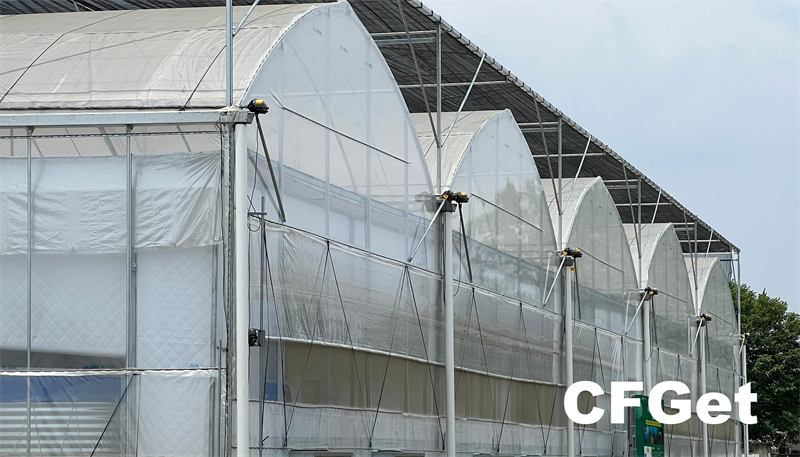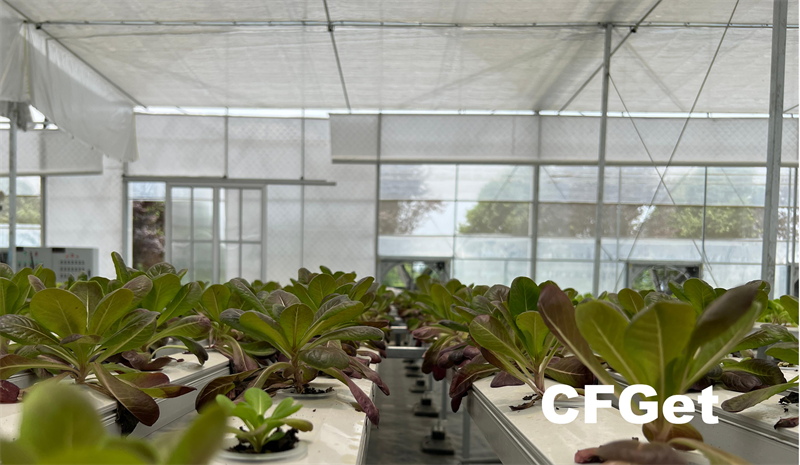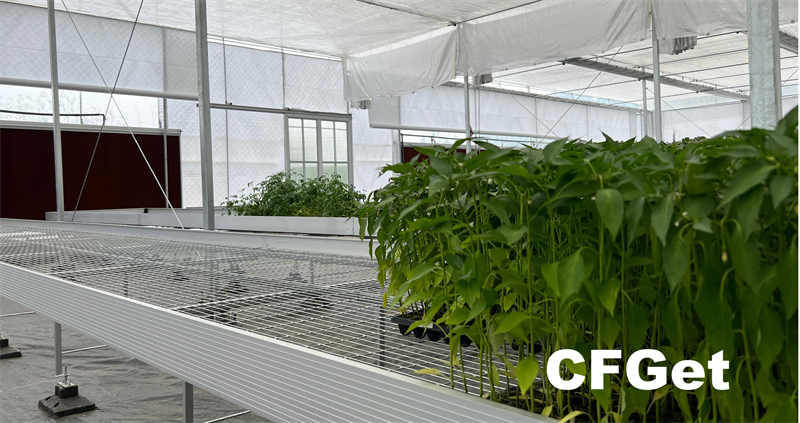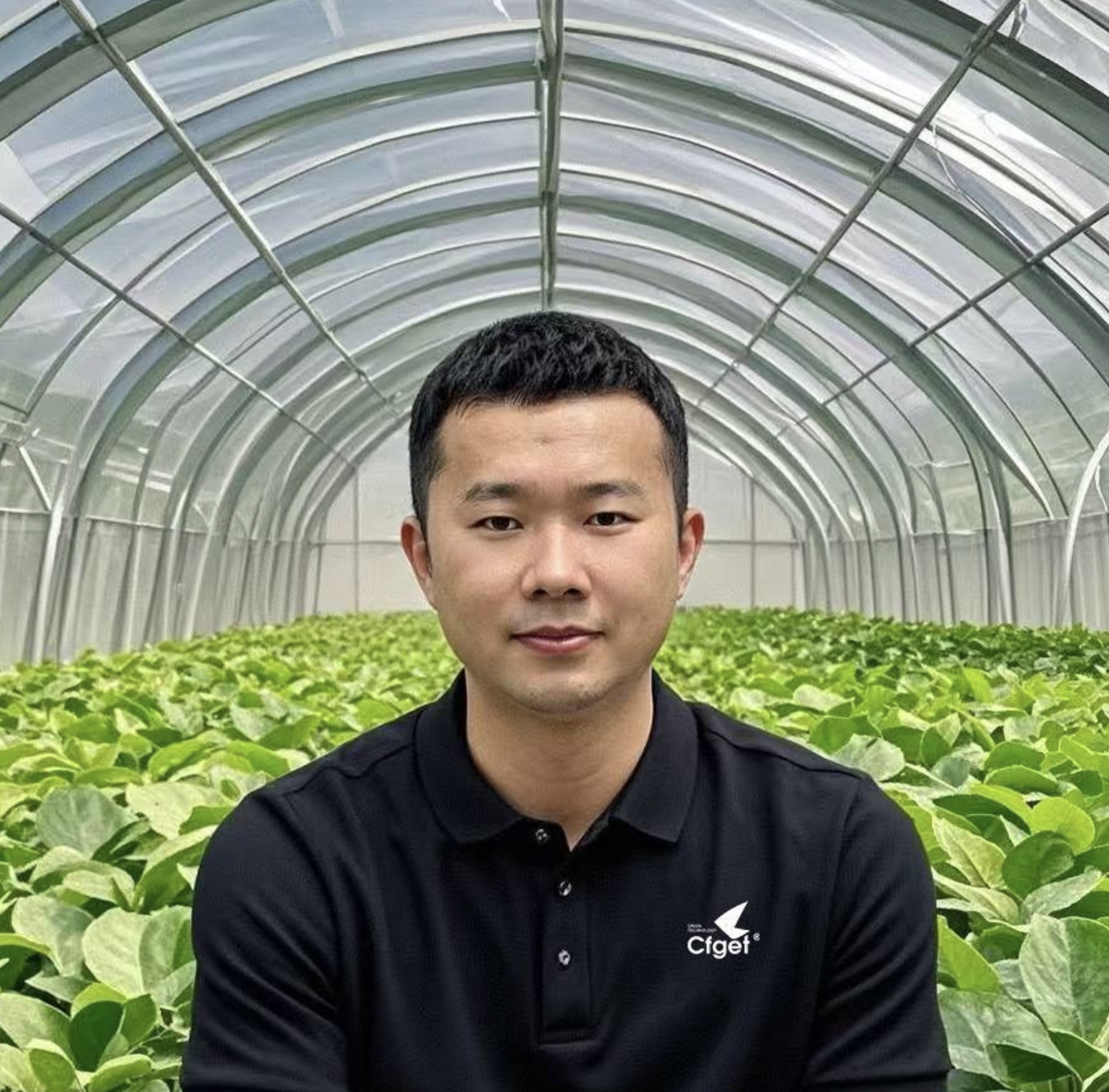Greenhouse climate control technology has become an essential part of modern agriculture. By adjusting temperature, humidity, light, and ventilation, it can significantly enhance both the yield and quality of crops. Regardless of external weather conditions, a greenhouse provides a stable environment for plants to grow, offering farmers a major advantage in crop production. But how exactly does climate control technology inside greenhouses affect crop growth? Let’s take a closer look.

1. Temperature Control: Creating the Perfect "Comfort Zone" for Plants
Temperature is one of the most crucial factors in plant growth. Each crop has specific temperature requirements, and temperatures that are too high or too low can negatively affect plant development. Greenhouses use temperature control systems to ensure that plants stay within the optimal temperature range for healthy growth.
Greenhouses are equipped with smart climate control systems that automatically regulate heating, cooling, and ventilation. For instance, during cold seasons, the system activates heating devices to maintain the required temperature inside the greenhouse. In the summer, ventilation systems and shade nets work to reduce the temperature, preventing overheating.
Chengfei Greenhouses offers advanced temperature control solutions to help optimize the internal environment of greenhouses, ensuring that crops grow quickly and healthily in ideal temperature conditions.

2. Humidity Control: Maintaining the Right Moisture Levels
Humidity plays a significant role in plant growth. Both excessive humidity and low humidity can cause stress to crops. High humidity can encourage mold and fungal growth, while low humidity can cause dehydration and slow growth. Maintaining the right balance is key to promoting plant health.
Greenhouses typically use humidifiers or dehumidifiers to adjust humidity levels. These systems help ensure that the air inside the greenhouse stays at an optimal moisture level, preventing issues like mold or dehydration. By maintaining proper humidity, plants can absorb water more efficiently and grow at a steady rate.
3. Light Control: Ensuring Sufficient Light for Photosynthesis
Light is essential for photosynthesis, the process by which plants convert sunlight into energy. In a greenhouse, light intensity and duration can be carefully controlled to maximize plant growth. Inadequate light can lead to weak plants, while excessive light can cause heat stress.
To control light, greenhouses use a combination of natural and artificial light. Shade nets can be used to reduce the intensity of sunlight during peak hours, while supplemental lighting is used when natural light is insufficient, such as in winter or on cloudy days. This ensures that plants receive the ideal amount of light for optimal photosynthesis, promoting healthy and fast growth.

4. Airflow and Ventilation: Ensuring Proper Air Circulation
Proper airflow and ventilation are crucial for maintaining a healthy greenhouse environment. Poor air circulation can lead to stagnant air, high humidity, and a buildup of carbon dioxide, all of which can hinder plant growth and increase the risk of disease.
Greenhouses are equipped with various ventilation systems, such as automatic roof vents and sidewall fans, to ensure continuous airflow. These systems help regulate temperature, humidity, and carbon dioxide levels, creating an environment where plants can thrive. Good ventilation also helps prevent the buildup of harmful gases, such as ethylene, which can damage sensitive plants.
Greenhouse climate control technologies have revolutionized the way we grow crops. By providing precise control over temperature, humidity, light, and ventilation, these systems allow farmers to create the perfect environment for plant growth. As technology continues to improve, greenhouses will become even more efficient and capable of supporting a wider variety of crops, contributing to global food security.
Welcome to have a further discussion with us.
Email: info@cfgreenhouse.com
l #greenhouseclimatecontrol
l #emperaturecontrolsystems
l #humiditycontrol
l #lightregulation
l # greenhouseventilationsystems,
l #smartagriculturesolutions
Post time: Dec-18-2024






 Click to Chat
Click to Chat